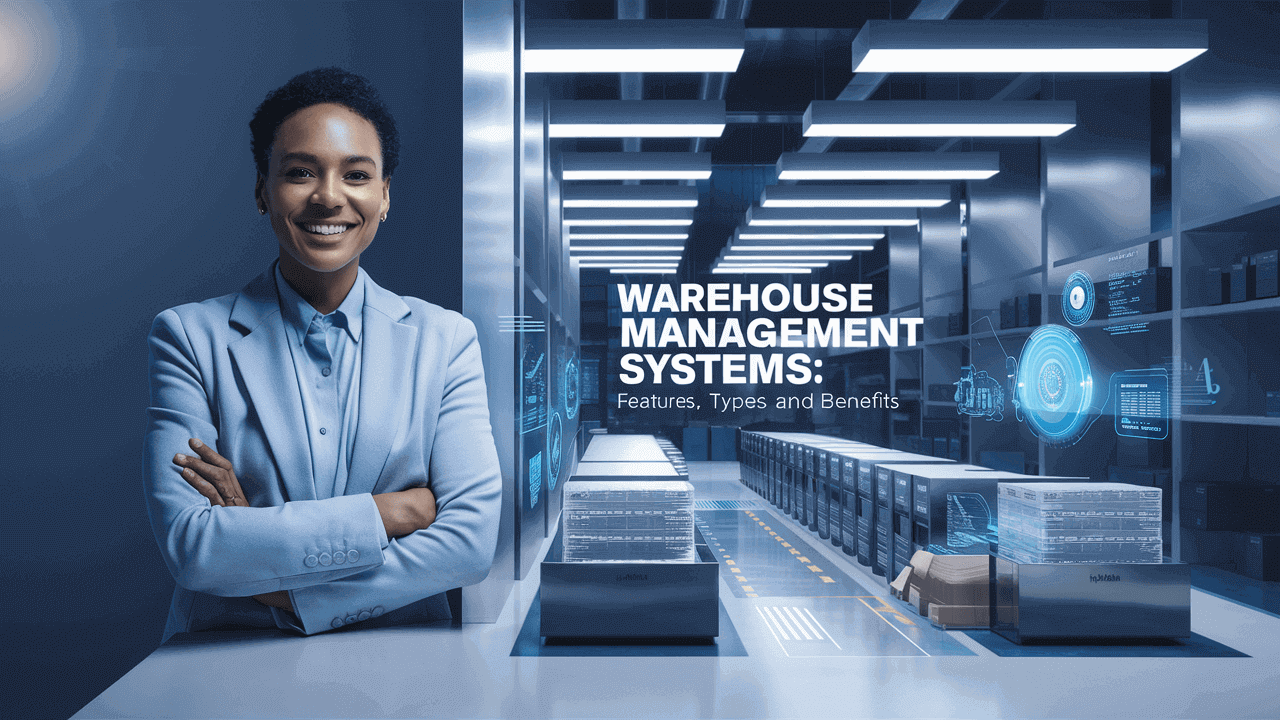In today’s exciting business world, companies are searching for new ideas and improvements to deal with upcoming challenges. Lean Six Sigma is a healthy solution stimulating, continuous improvement for organizations. It offers a robust package of commanding principles and tools to entrust organizations to tackle challenges. In fact, Kaizen events are integral to Lean Six Sigma methodologies. Organizations can improve by combining the best features of both. This can reduce waste, improve business processes, and enhance the quality of products and services. Moreover, the objective of Kaizen and Lean is to utilize resources and optimize business operations efficiently. On the other hand, Six Sigma aids in improving the quality of results. Therefore, these three methodologies have a crucial role in continuous improvement. They enhance the efficiency of your business operations. Now, let’s have a glimpse of Kaizen Event, Lean, and Six Sigma. Also, it explores how to use Kaizen events to advance Lean Six Sigma.

Jump ahead to
What is the Kaizen Event?
Kaizen is a Japanese term that means “continuous improvement’’. It focuses on better changes in projects or specific areas of the organization. A Kaizen event is a strategy for continuous improvement in your business. It helps reduce waste, improve quality, increase productivity, and eliminate unnecessary activities.
What is Lean Six Sigma?
Lean focuses on discarding anything that does not add value to the customer. It includes all business wastes like transport, inventory, overproduction, and defects. It is a way to improve businesses by finding and removing unnecessary activities that make the business slower. Lean Six Sigma is a result-oriented methodology focusing on the consistent and improved results of a business process. It aims for perfection in the results that provide your business with cost efficiency and enhanced customer satisfaction.
To attain these enhanced results, it is optimal to understand the tools and framework of Six Sigma for which you can avail of reliable training with industrial experts.
All two can be used conjointly with each other in your business. It is used in different areas of improvement in your business. However, to understand the importance of Kaizen events, we should know the Kaizen principles, preparation, planning, and execution.
Principles of Kaizen
Continuous Improvement
Kaizen emphasizes the incremental enhancement of business operations rather than a behemoth change rapidly implemented. This helps us to face change placidly, tackle challenges, and seize opportunities for improvement and optimization as they arise.
Respect for the Individual
The crucial part of all organizations is their employees. Therefore, Kaizen emphasizes encouraging them to add value with their ideas and proficiency. This can foster a culture of continuous improvement in the organization.
Eliminating Wastes
Another important principle of Kaizen is consolidating business operations by reducing costs and eradicating all resources that are insignificant to the final product or service. This helps in reinforcing the value of customers.
Creating a Kaizen Culture
Fostering Kaizen culture is important for the fruitful implementation of continuous improvement initiatives in an organization. Embracing Kaizen culture is the involvement and commitment of leaders. They should engage in improvement activities and drum up input from all employees. Communication and collaboration are also unavoidable elements in instilling principles of Kaizen in organizational genetics.
Steps Involved in Conducting a Successful Kaizen Events
Preparation of Kaizen Event
Before executing a Kaizen event, it is necessary to prepare for it. The following steps can lay the groundwork for promising Kaizen event implementation in Lean Six Sigma and attain tangible results.
- Recognizing the areas of improvement according to the organizational priorities.
- Selecting skillful and cross-functioning teams
- Providing training and awareness to the team
- Setting guidelines and expectations which communicate the roles and responsibilities of the team.
Planning the Kaizen events
A goal-oriented planning can affirm the success and efficiency of Kaizen events. The initial step in effective planning is defining the scope, where the teams can focus on areas that can result in constructive impacts. Furthermore, establishing boundaries helps to manage the events within a designated timeframe and resources. Secondly, prefix a schedule for managing time and resources and coordinating activities. Gathering resources and support to facilitate improvement is the third step. Finally, you can establish a metric for success to analyze the impact of the Kaizen event.
Execution of Kaizen Events
Kaizen event comprises five steps: defining, measuring, analyzing, improving, and controlling. To expand, it is crucial to define the problem you want to address with a Kaizen event. Next, it is necessary to measure the area of improvement by collecting and analyzing data. You can also use tools such as flowcharts or histograms. Equally important, analyze the actual causes of the problem with tools such as Pareto charts and fishbone diagrams. Next, you can use affinity diagrams or matrix diagrams to generate and evaluate potential solutions to reduce waste and variation. Selecting the best solutions based on their feasibility, impact, and costs before implementing them is ideal. Test and monitor results. Correspondingly, document the changes and communicate them to the stakeholders while honouring accomplishments and acknowledging team efforts.
Definitely, it is also important to follow up on results and actions after Kaizen events. It will ensure that improvements are sustained and pulsating.
What is the Significance of using Kaizen Events in Lean Six Sigma?
It is essential to use Lean Six Sigma Principles in your business to improve the quality and efficiency of your business processes. Indeed, Kaizen events can aid you with the prompt and effective application of Lean Six Sigma Processes in project management. To elaborate, Kaizen Events can help you to identify and reduce business wastes, such as inventory, transportation, defects, or overproduction. Moreover, it helps in using Lean Six Sigma techniques, including DMAIC, Pareto charts, process mapping, and other statistical tools. Furthermore, it helps in improving customer satisfaction by providing quality-assured products and services. In addition, Kaizen principles emphasize that making every employee participate in improvement processes can boost the total productivity of an organization. It augments profitability by streamlining workflows and allocating resources efficiently with excellent cost-reduction strategies.
Conclusion
To conclude, it is evident that organizational virtue through continuous improvement is zestful, and it needs adherence and strategic master plans. Definitely, by understanding Kaizen events, clasping Kaizen principles, and integrating advanced Kaizen tools and techniques, organizations can refine processes, reduce waste, and improve the quality of products and services. Enrolling in Lean Six Sigma Green Belt Training and Kaizen Foundation and Practitioner Training can help you improve proficiency and knowledge in these to procure success at the competitive edge. It fosters a culture of upheaval and adaptability, driving evolutionary changes and operational excellence within the organization.



